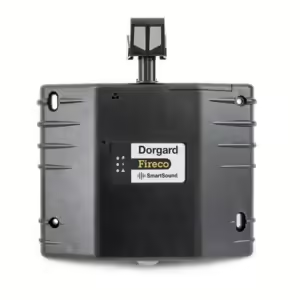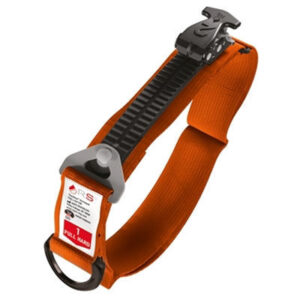Please remember, if you need assistance or have any questions, call us on 0330 223 6336 or drop us an email at sales@defibworld.org
When someone collapses from sudden cardiac arrest (SCA), every second becomes crucial. A defibrillator can mean the difference between life and death. But what exactly happens when we use these life-saving devices, and how do they work? This article delves into the science behind defibrillators and why they are so vital in emergency medical situations.
Understanding Sudden Cardiac Arrest (SCA)
Sudden Cardiac Arrest (SCA) is a condition where the heart suddenly and unexpectedly stops beating. Unlike a heart attack, which is caused by blocked arteries restricting blood flow to the heart muscle, SCA results from an electrical malfunction in the heart. This malfunction causes the heart’s rhythm to become erratic, often leading to what is known as ventricular fibrillation (VF), where the lower chambers of the heart quiver instead of pumping blood. The body is quickly deprived of oxygen-rich blood, leading to brain damage within minutes.
Without immediate intervention, the person suffering from SCA is unlikely to survive. This is where defibrillators come into play, providing the critical shock needed to restore a normal heart rhythm.
The Science Behind Defibrillators
A defibrillator is an electrical device designed to treat life-threatening arrhythmias by delivering a controlled electric shock to the heart. The shock interrupts the irregular electrical impulses that are causing the heart to fibrillate, giving it the chance to restart in a normal rhythm. Essentially, a defibrillator “resets” the heart’s electrical system, allowing the heart’s natural pacemaker cells to regain control.
There are different types of defibrillators, but the most commonly used in public settings are Automated External Defibrillators (AEDs). These devices are designed to be easy to use, even by people with little to no medical training.
Here’s how AEDs work in three basic steps:
- Detection – Once the AED is applied to the patient, it automatically analyses the heart’s rhythm to determine whether a shock is necessary.
- Charging – If the device detects a shockable rhythm (like VF), it prepares to deliver the shock.
- Defibrillation – The AED prompts the user to either press a button or, in the case of fully automatic AEDs, administers the shock itself.
The electric shock from a defibrillator momentarily stops all electrical activity in the heart. This pause gives the heart’s natural pacemaker cells a chance to restart a normal rhythm.
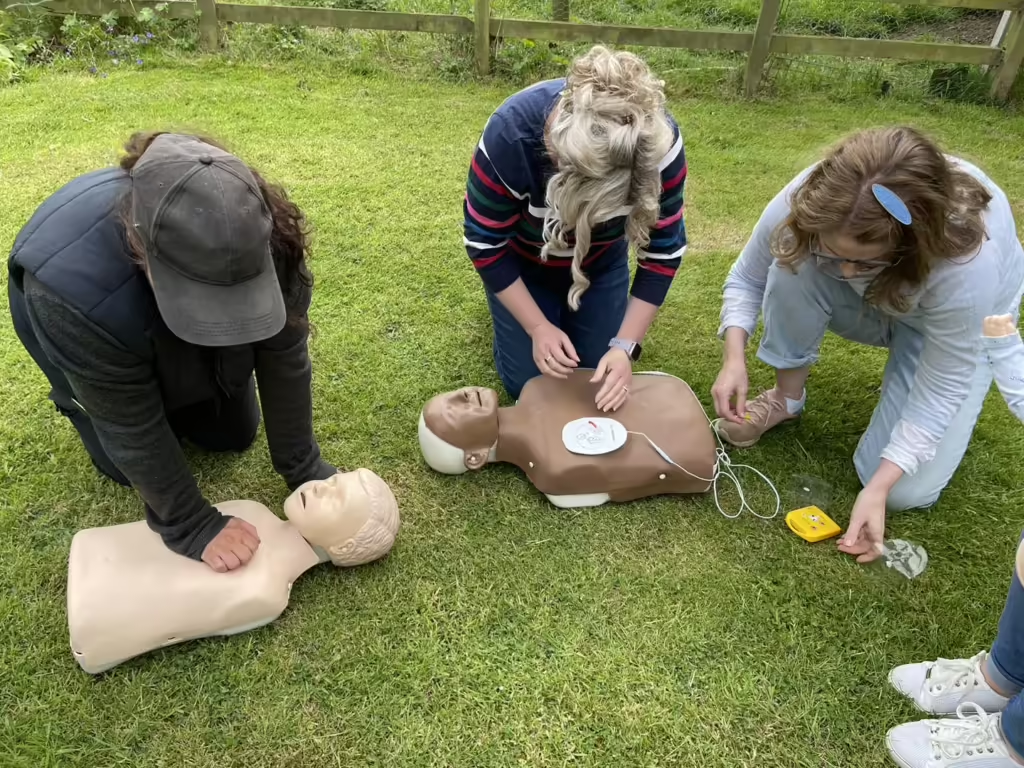
- 25 October 2024
Types of Defibrillators
Defibrillators come in several forms, each suited to different environments and levels of training:
- Manual External Defibrillators
Typically used by healthcare professionals, these require the operator to manually assess the heart rhythm and determine the strength and timing of the shock. - Automated External Defibrillators (AEDs)
AEDs are the most common type found in public spaces, such as schools, gyms, and airports. They are designed for use by anyone, regardless of medical experience. AEDs are either fully or semi-automatic:- Semi-Automatic AEDs prompt the user to deliver the shock by pressing a button.
- Fully Automatic AEDs deliver the shock automatically without user intervention.
- Wearable Defibrillators
These are designed for patients at high risk of sudden cardiac arrest but who do not yet qualify for an implantable defibrillator. A wearable defibrillator continuously monitors the wearer’s heart and delivers a shock if needed. - Implantable Cardioverter-Defibrillators (ICDs)
ICDs are surgically implanted in patients with severe heart conditions. They constantly monitor the heart’s rhythm and deliver a shock whenever they detect an abnormal rhythm.
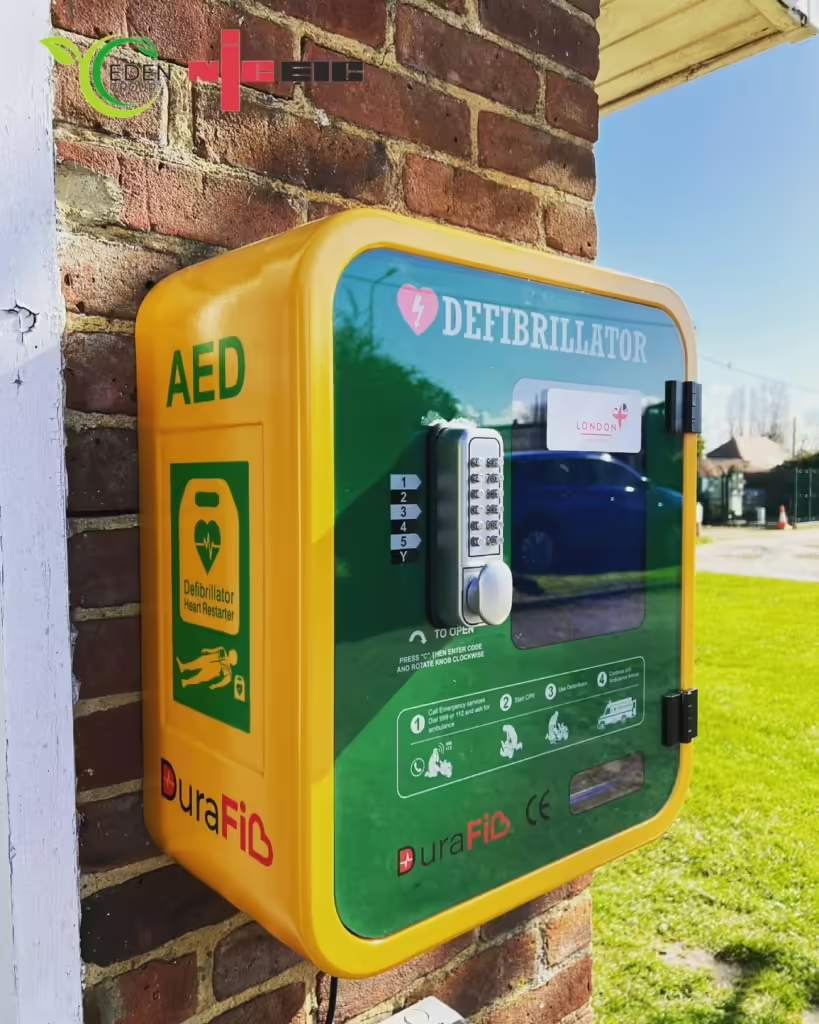
The Importance of Timely Defibrillation
One of the most critical factors in surviving SCA is the speed at which defibrillation occurs. The chance of survival decreases by 10% with every minute that passes without defibrillation. Immediate bystander action, such as using an AED, significantly improves survival rates.
In fact, studies show that when defibrillation is administered within the first 3 – 5 minutes of a collapse, survival rates can increase to over 70%. This makes the widespread availability of AEDs and the public’s ability to use them correctly so important.
AED Accessibility and Community Preparedness
Despite their proven effectiveness, AEDs are only used in around 10% of out-of-hospital cardiac arrests. One of the reasons for this low usage rate is a lack of public knowledge about AEDs and hesitation to use them due to fear of doing something wrong.
To bridge this gap, it is crucial to raise public awareness and increase training efforts. Community AED programmes and workplace training can ensure that more people feel confident using defibrillators. Moreover, making AEDs more visible and accessible in public spaces, such as schools, offices, and gyms, can further increase their usage during emergencies.
Training: The Key to Effective Defibrillator Use
While AEDs are designed to be user-friendly, nothing beats hands-on training. Learning how to recognise the signs of cardiac arrest, understanding how to operate an AED, and knowing when to start CPR are critical skills for anyone who might find themselves in a situation requiring defibrillation.
Many organisations offer CPR and AED training, which often includes practice using a dummy and simulated AEDs. These sessions teach participants how to:
- Assess the victim’s condition.
- Use the AED’s voice prompts and visual instructions.
- Perform CPR in conjunction with using an AED for maximum effectiveness.
The knowledge gained in these courses can save lives, and Defib World is committed to making this training more accessible through training equipment and online resources.
Conclusion: Science That Saves Lives
The science behind defibrillators is straightforward but powerful. By delivering a well-timed shock, defibrillators can restore a normal heart rhythm and save lives. However, these devices are only as effective as the people who use them. With more public awareness, accessible training, and widespread AED placement, we can drastically improve survival rates for sudden cardiac arrest.
The key takeaway is this: anyone can save a life. Whether it’s a passerby, a teacher, or a colleague, knowing how to use a defibrillator and recognising the signs of SCA can make all the difference when every second counts.
Category: Defibrillator Maintenance and Tips
How to maintain and protect defibrillators, especially in different weather conditions.

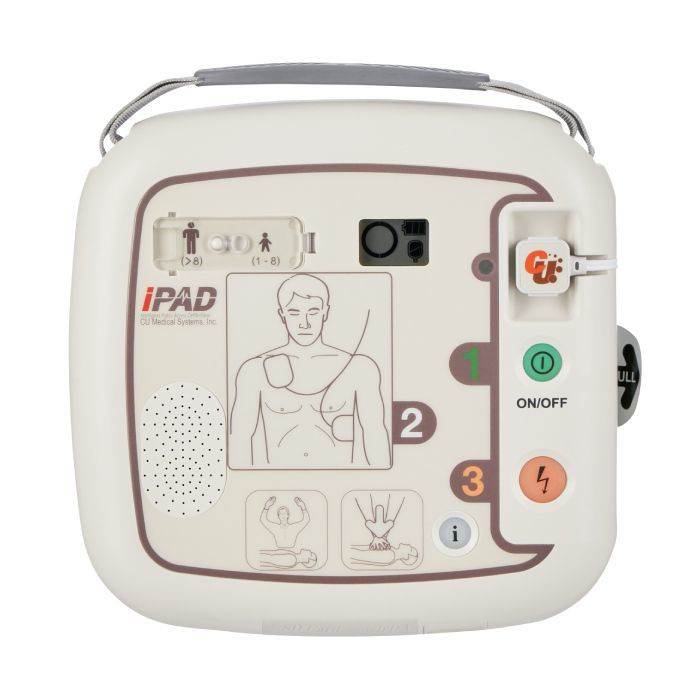
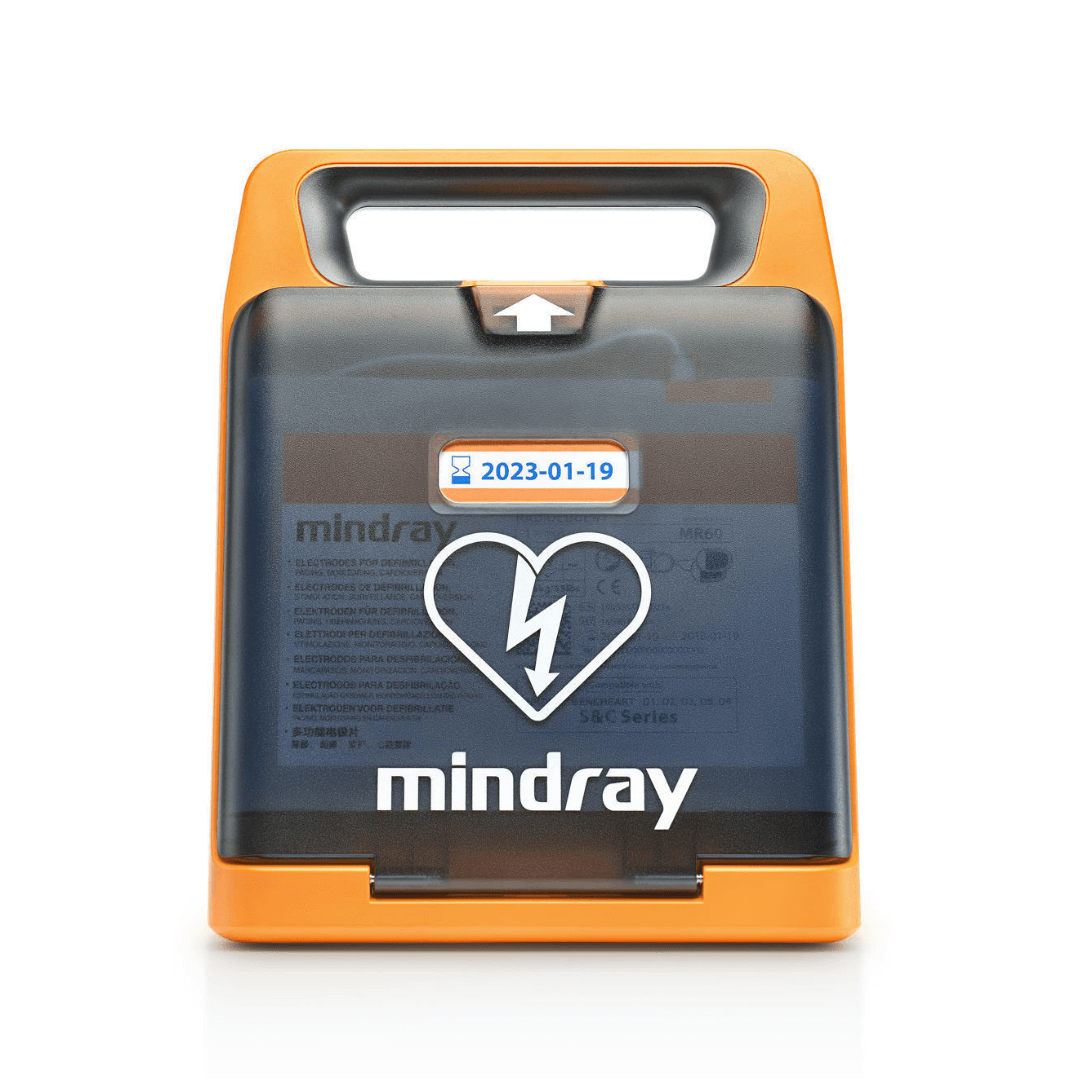
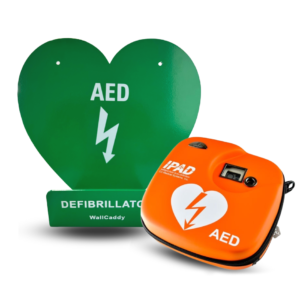
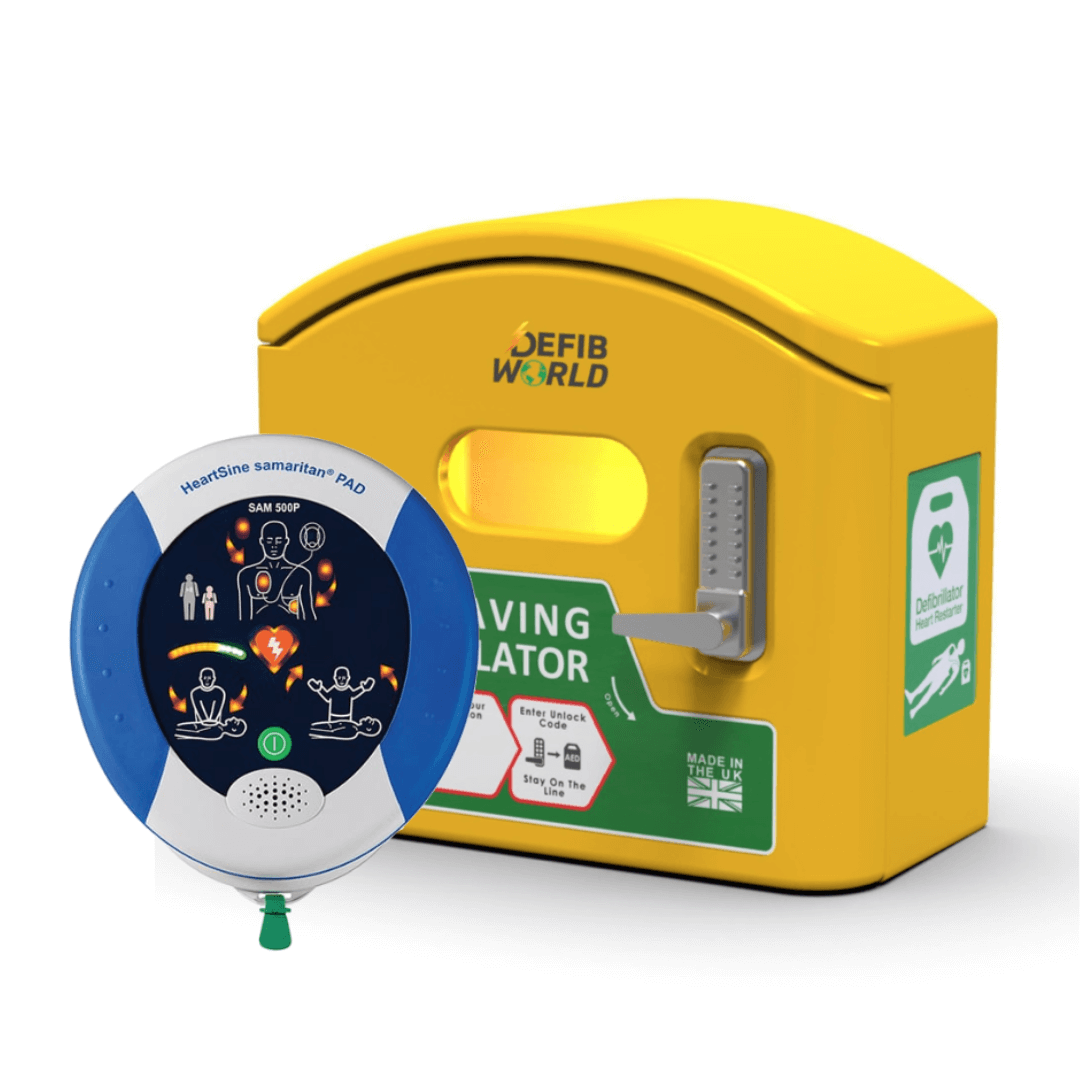
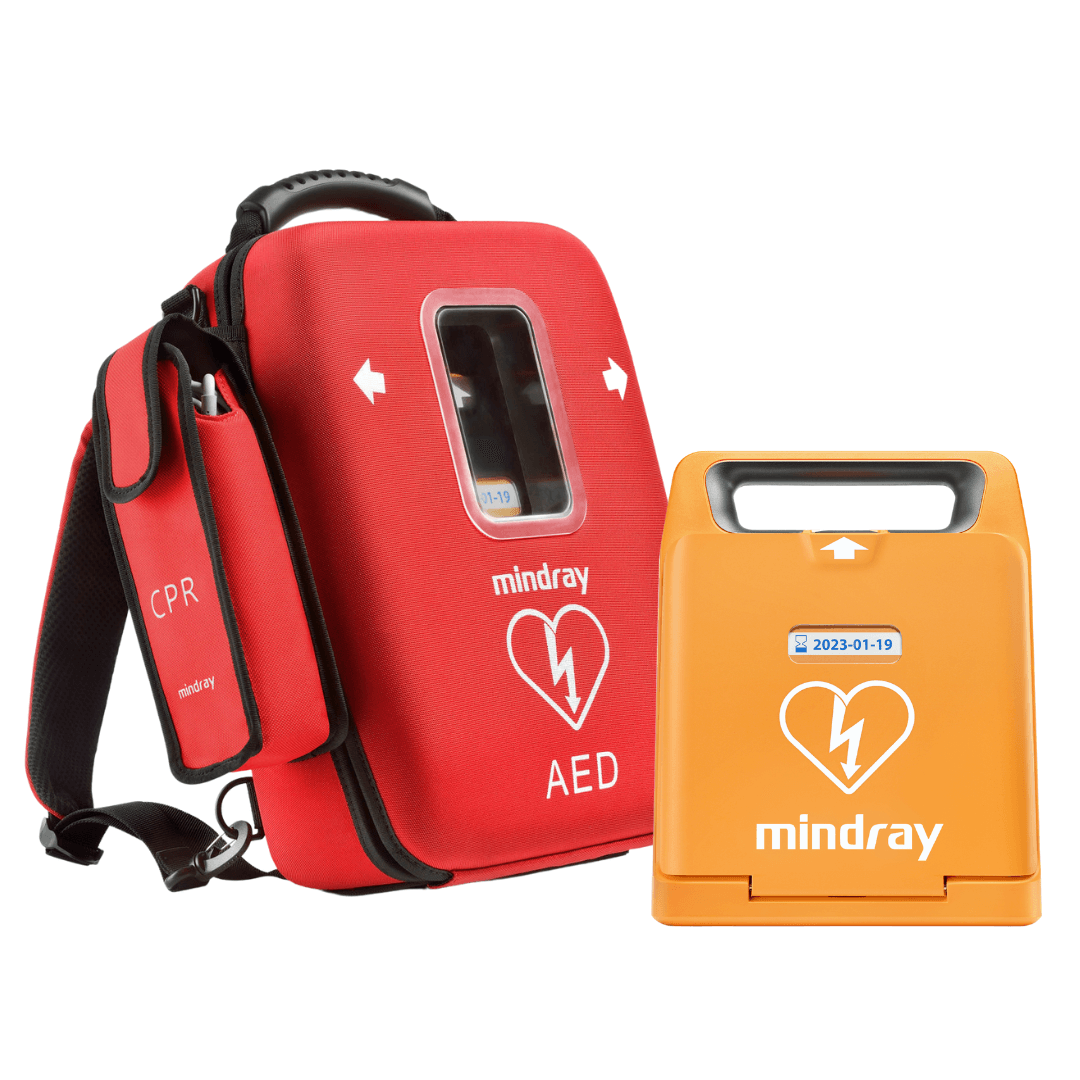
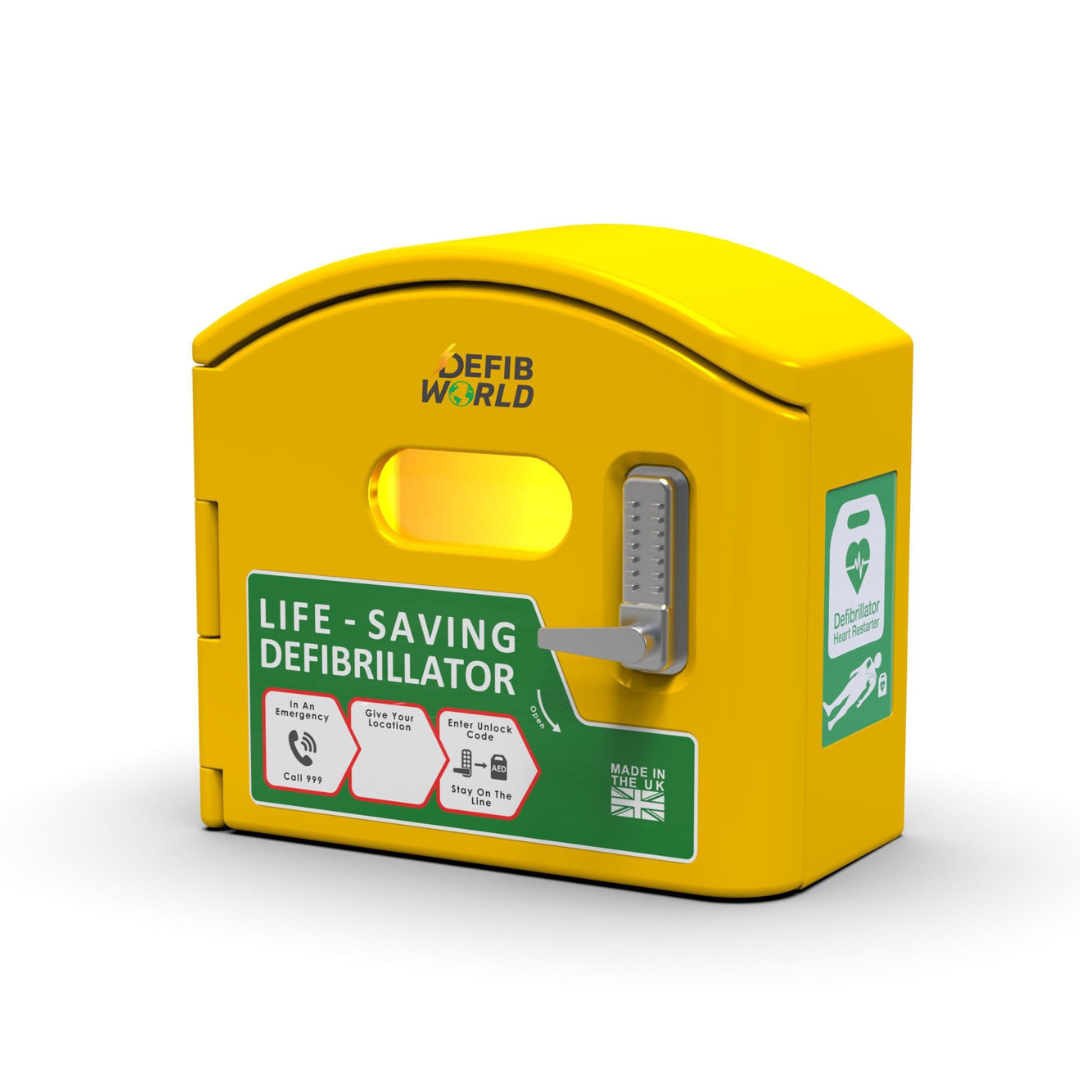
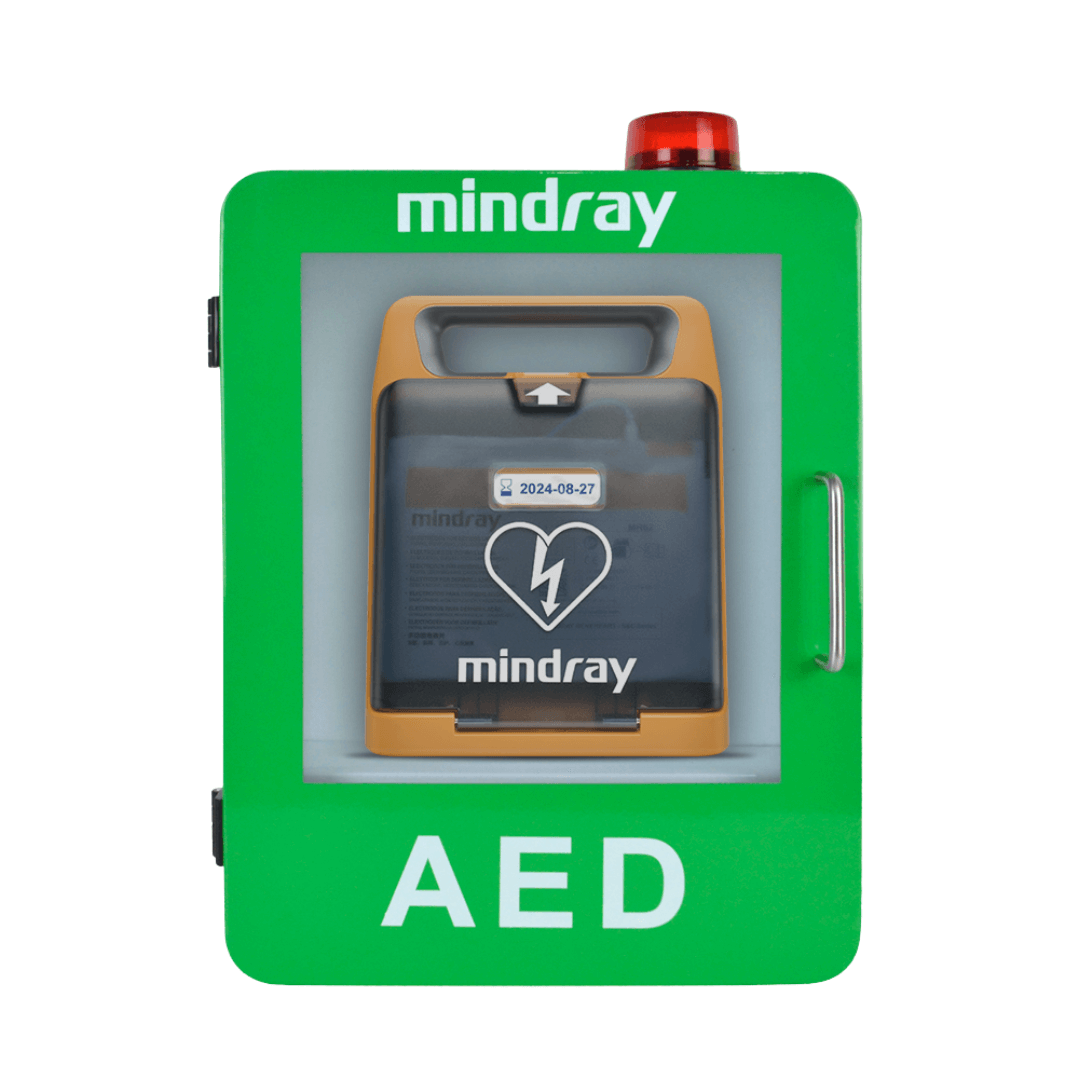
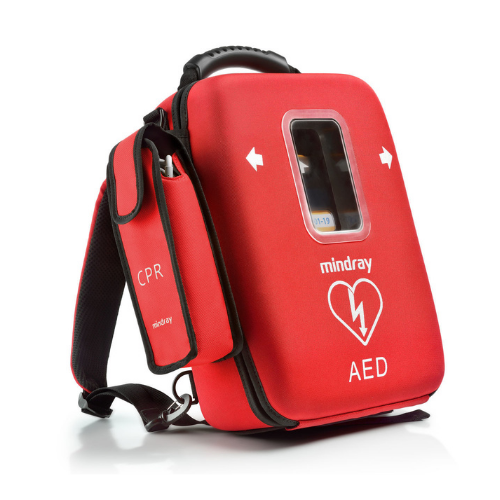
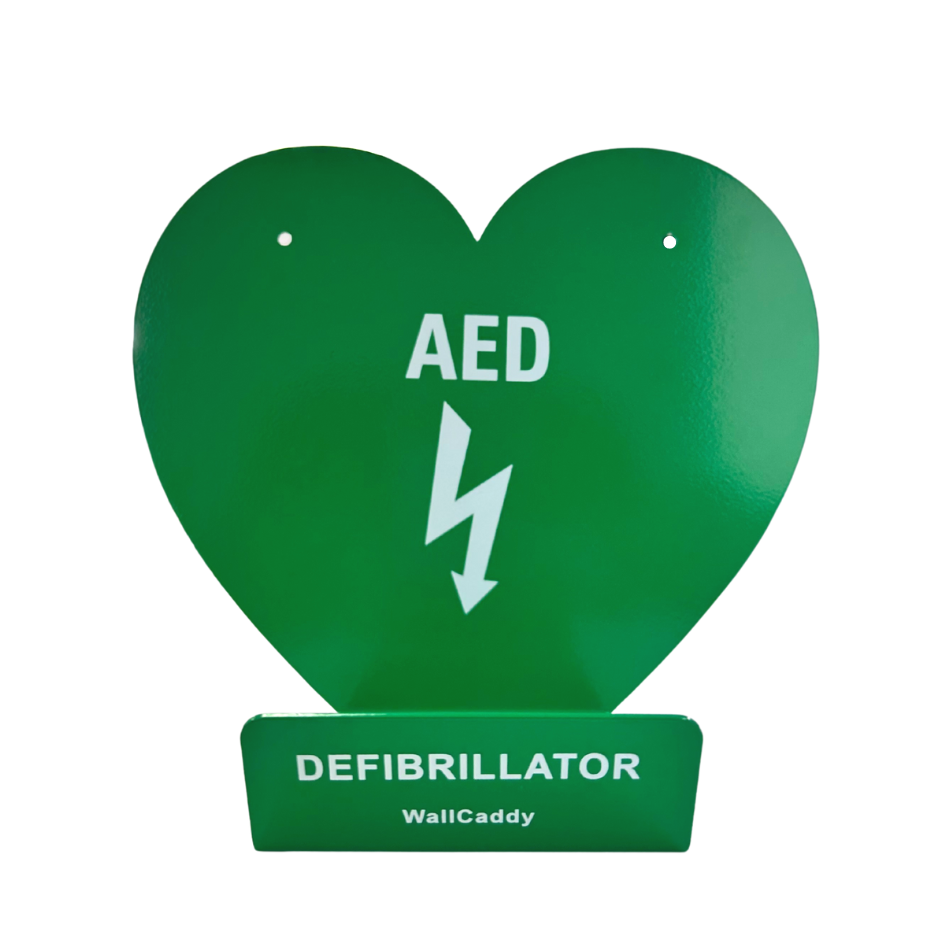
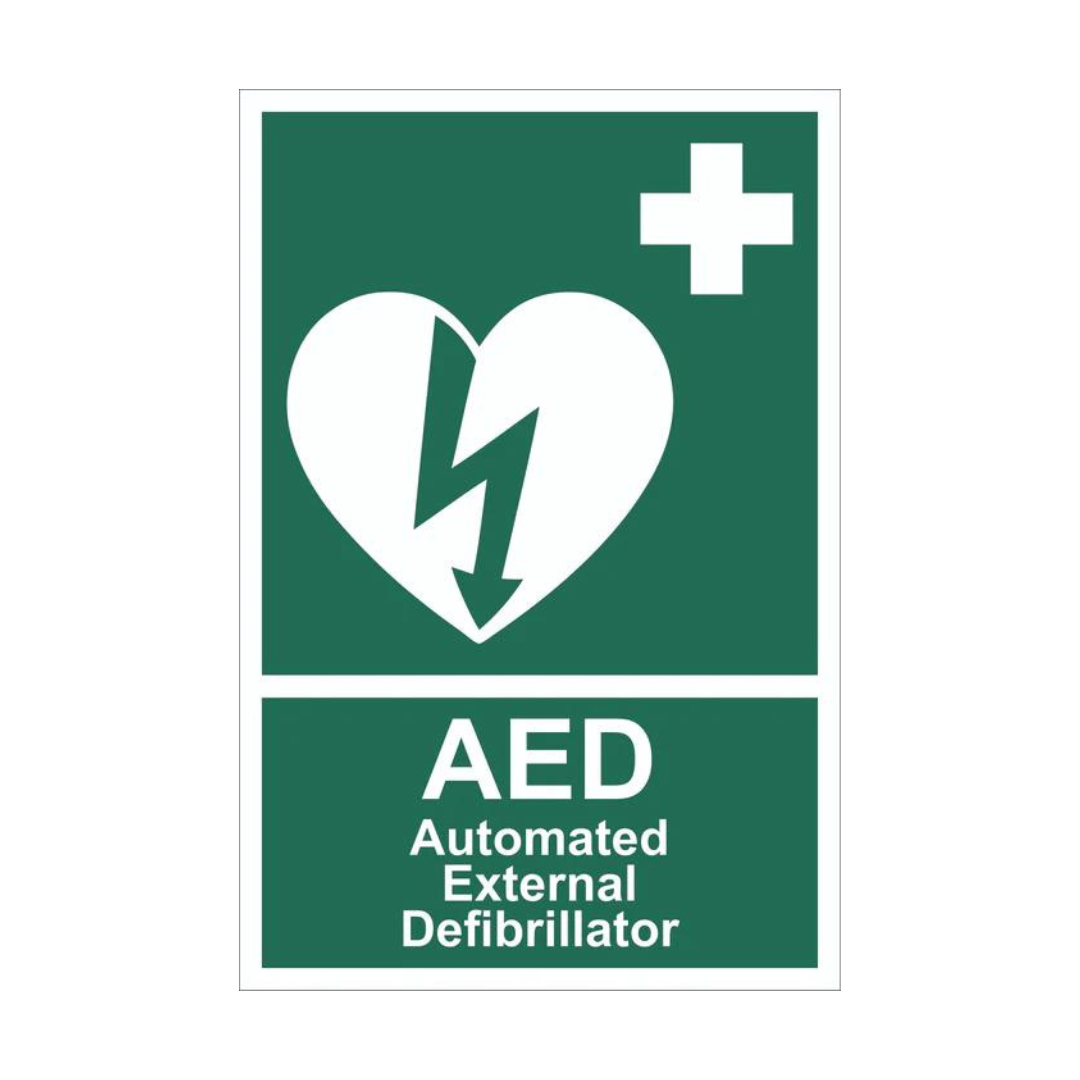
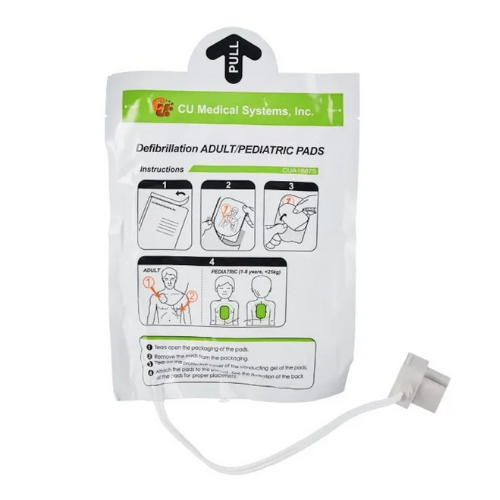
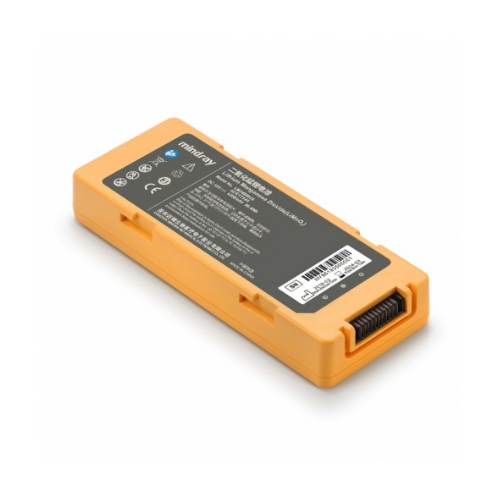
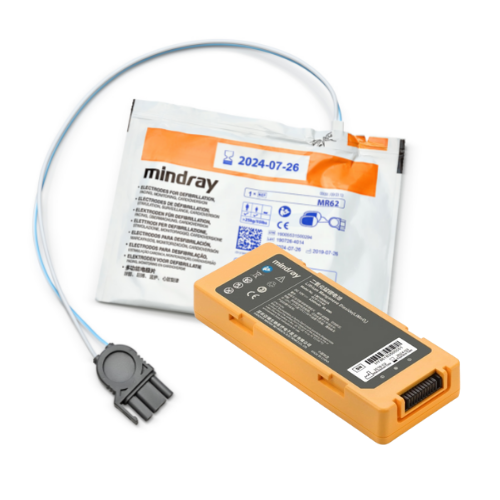
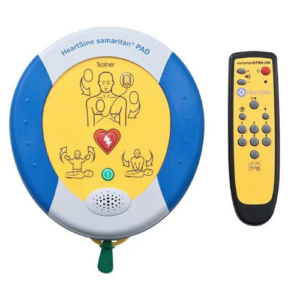

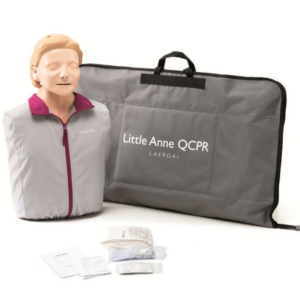
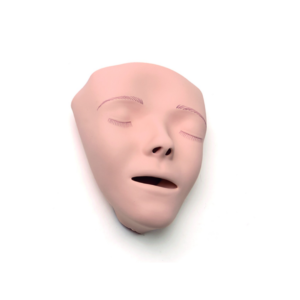
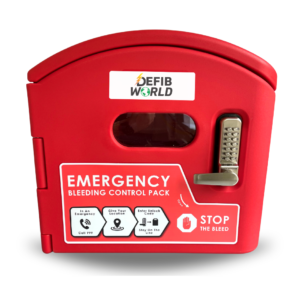

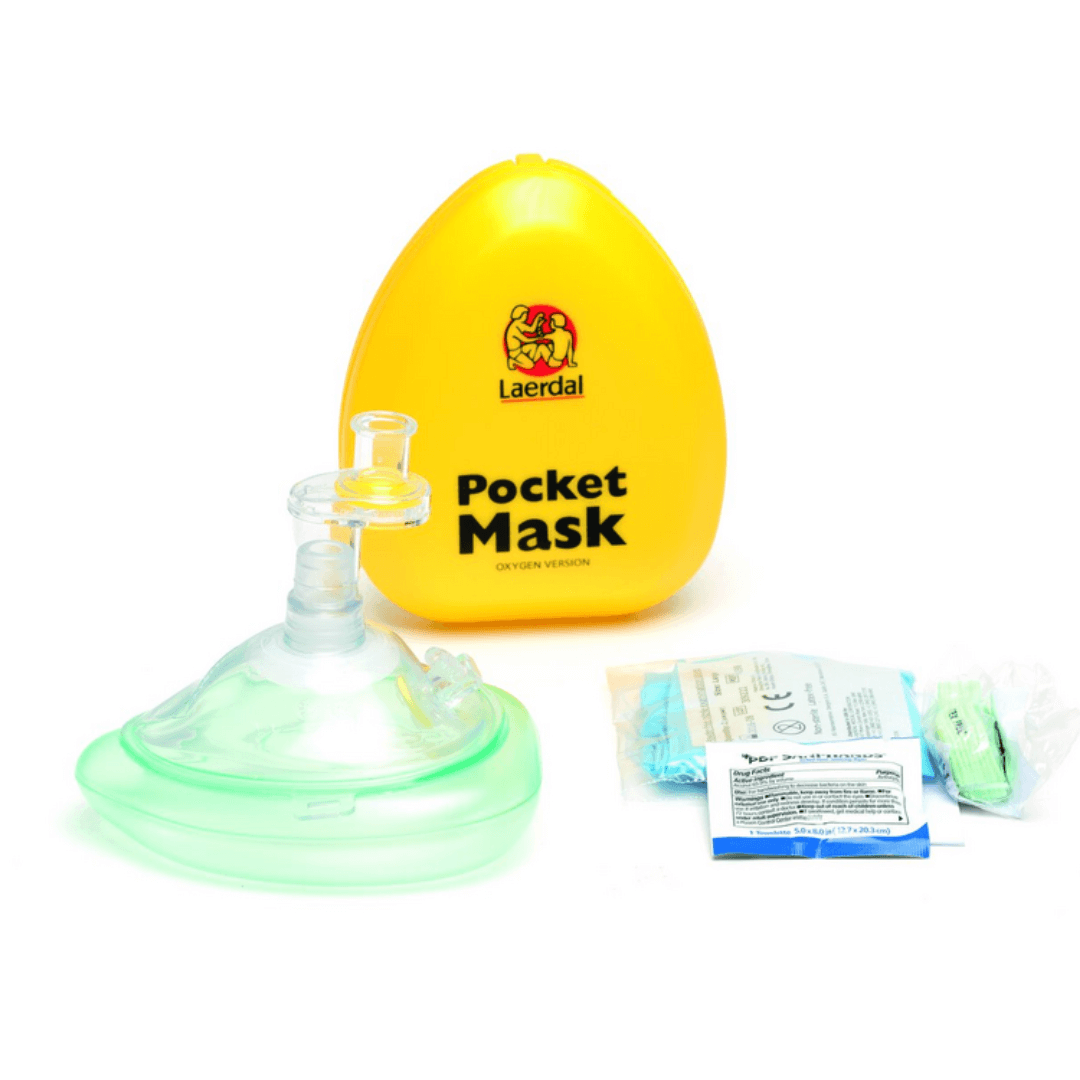
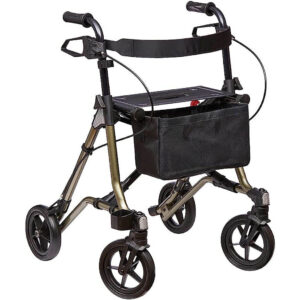
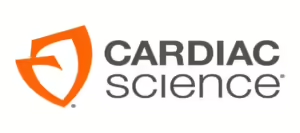
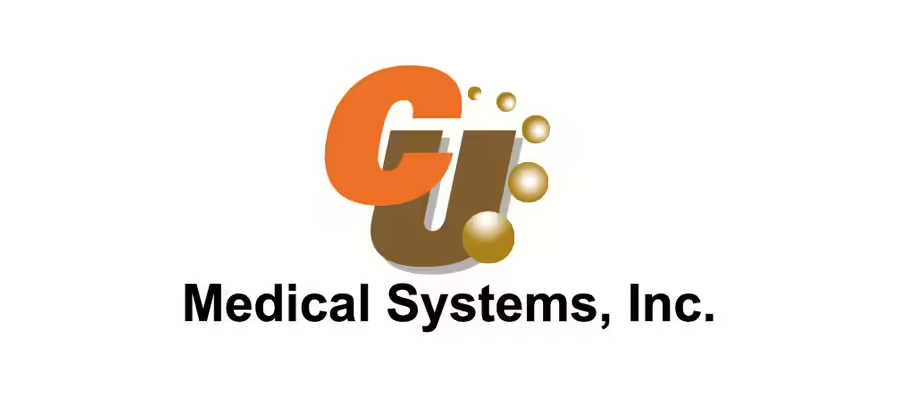











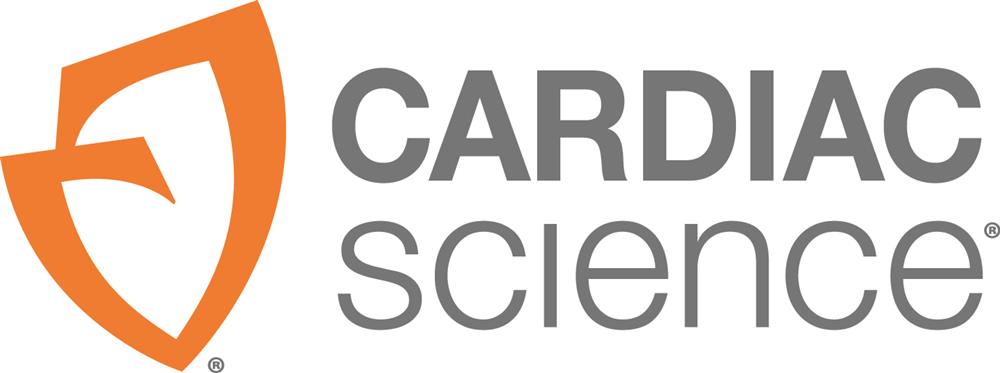
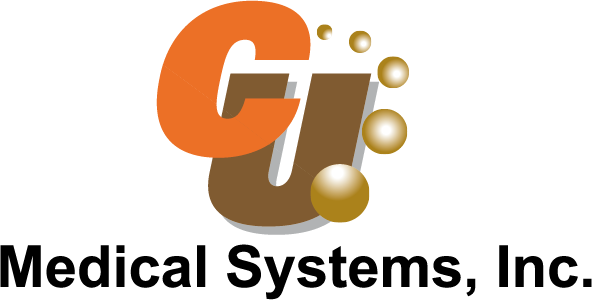
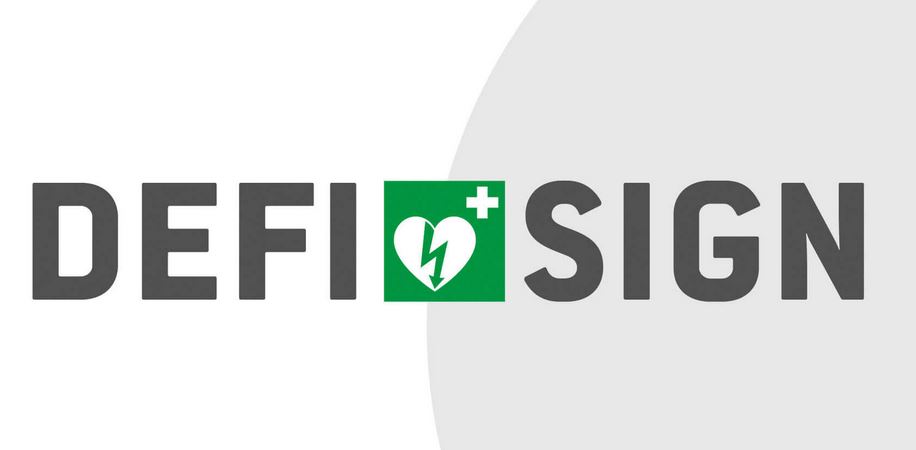



.svg.png)
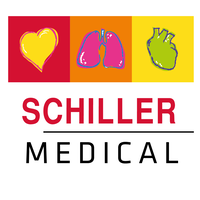

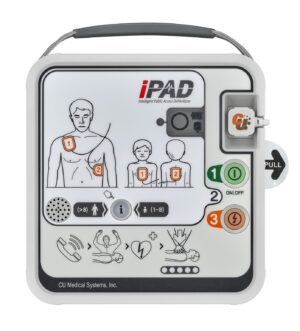
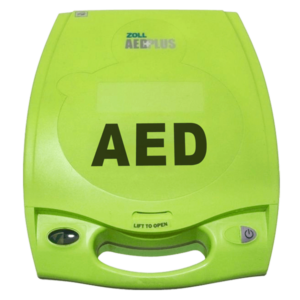

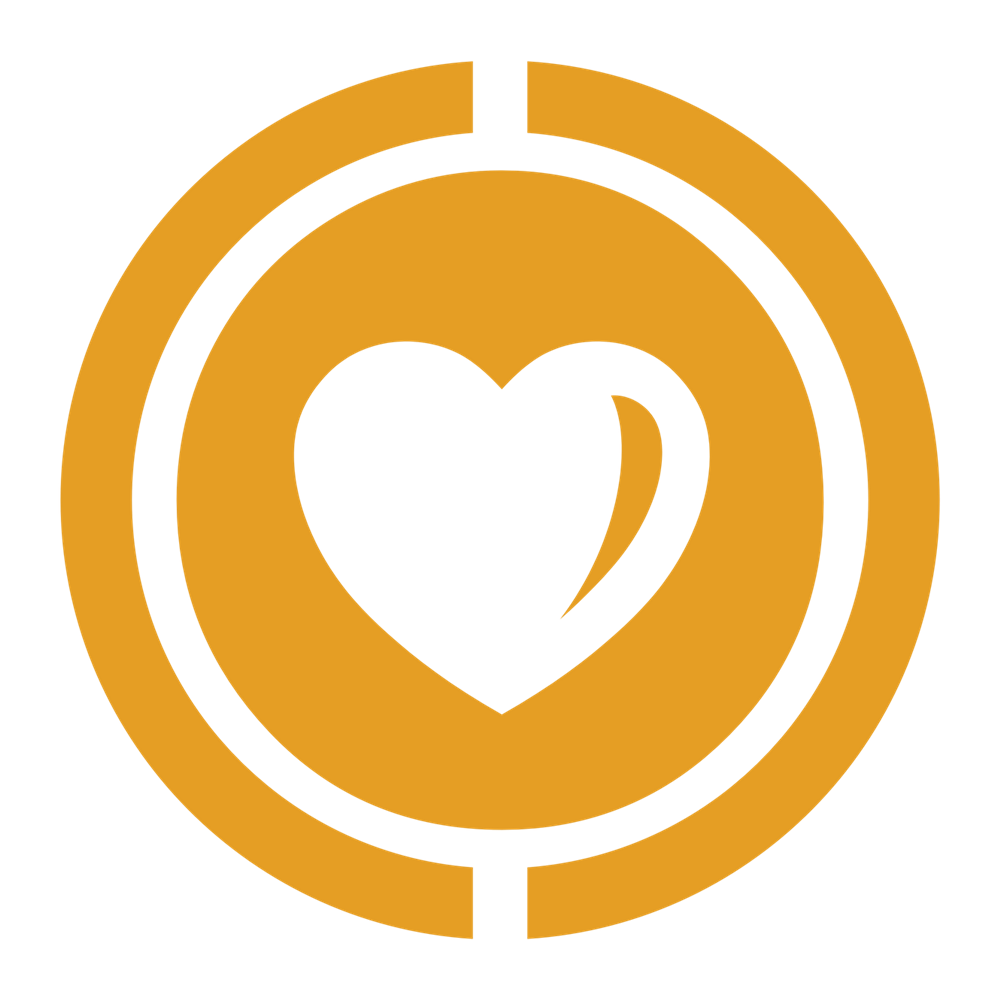

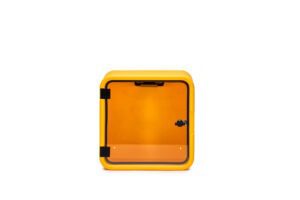
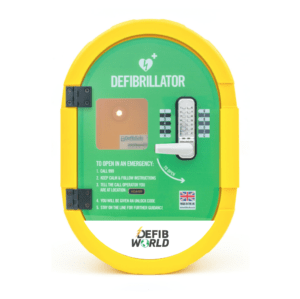

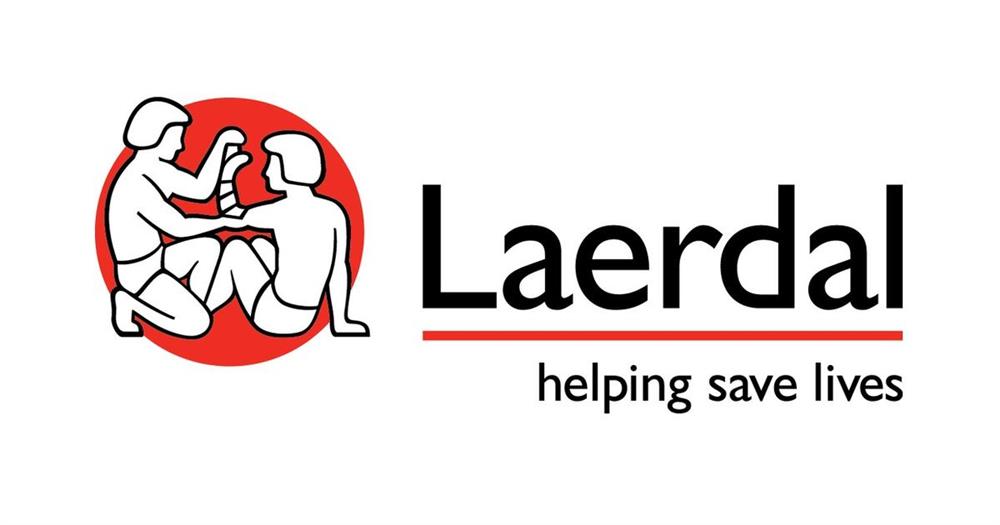

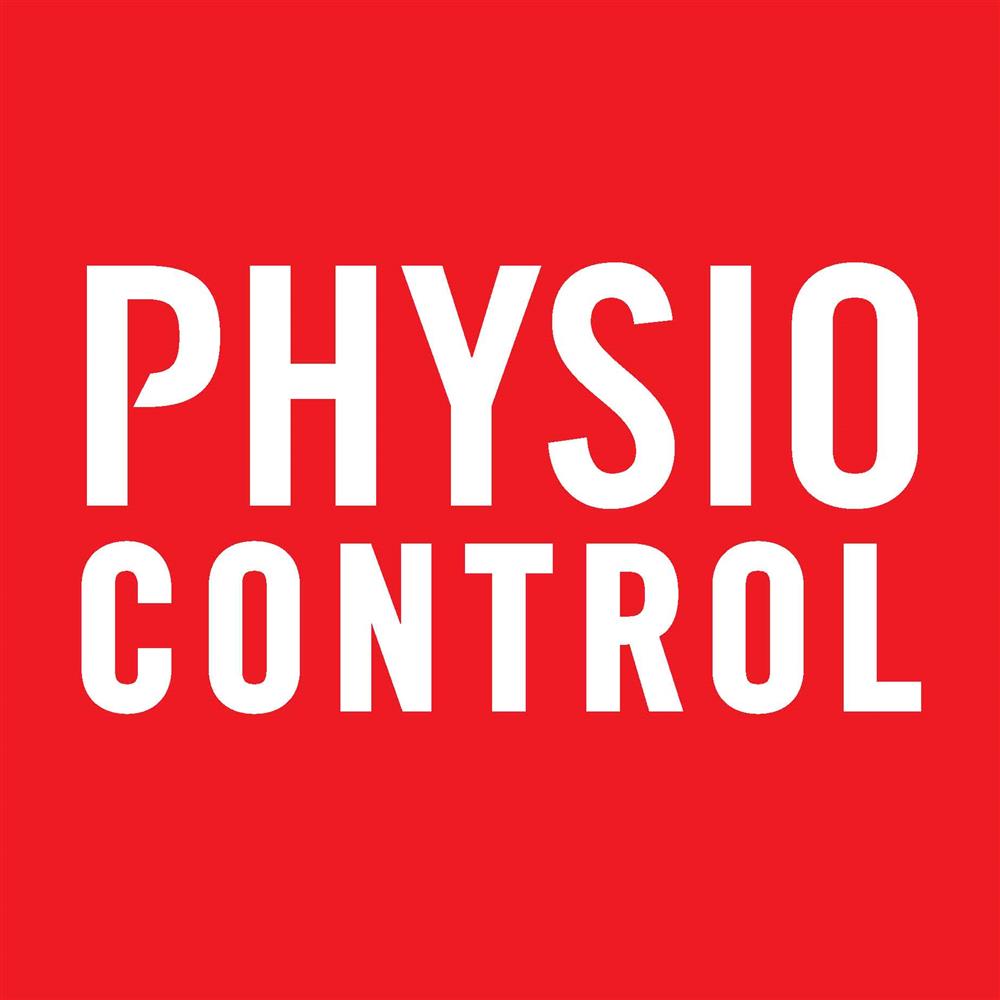
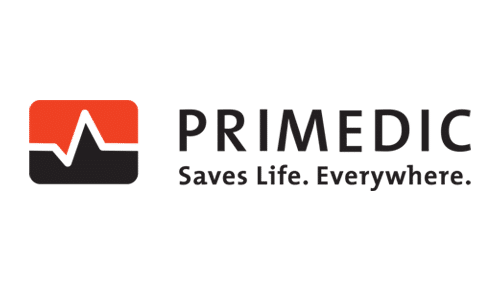

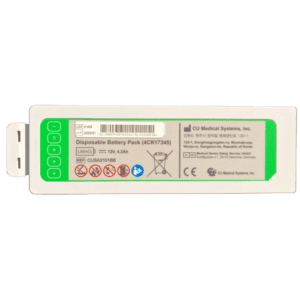
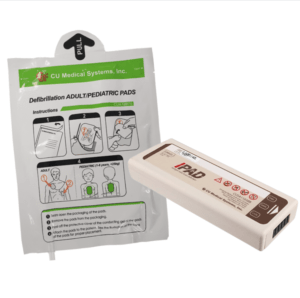
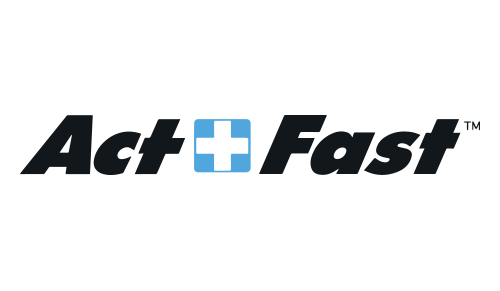

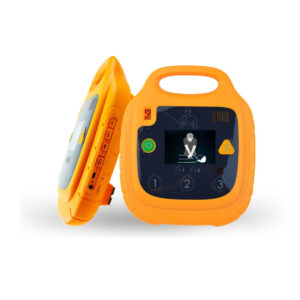
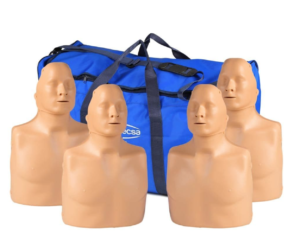




.jpg)
